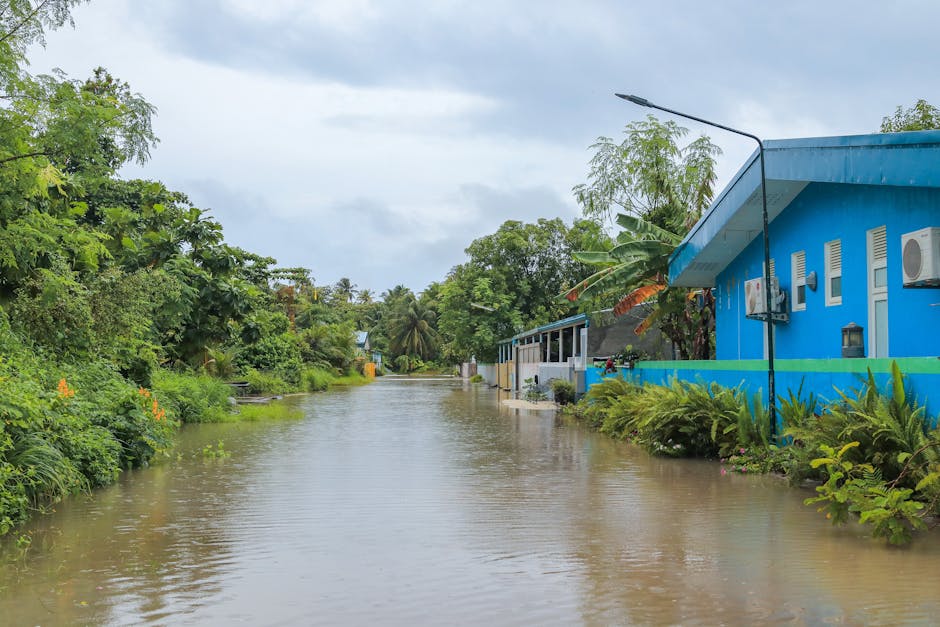7 Tips for Rapid Water Mitigation After a Flood

When the floodwaters recede, the race against time begins. Discover how you can swiftly and efficiently tackle water mitigation to protect your home and belongings from further damage.
1. Immediate Safety Measures and Initial Assessment
Before diving into water mitigation, ensure your safety first. Turn off electricity and gas to avoid accidents. Wear protective gear like gloves and boots to shield yourself from contaminated water. Then, assess the damage. Categorize the affected areas by the extent of water exposure and material types to prioritize your mitigation efforts.
2. Water Extraction Strategies
Removing standing water is paramount in water mitigation. Utilize pumps and wet vacs for efficient water extraction from carpets, flooring, and basements. Ensure proper drainage by clearing gutters and drainage paths around your property. Speed matters, as the longer water sits, the greater the potential for damage and mold growth.
For extensive flooding, consider renting a large-capacity pump to expedite water removal. Monitor humidity levels closely with hygrometers to track your progress in real-time, adjusting your strategy as needed to ensure thorough drying.
3. Drying Out: Effective Techniques and Tools
After extracting water, drying out your property is crucial. Employ dehumidifiers and powerful fans to circulate air and remove moisture. Open windows and doors to enhance ventilation, weather permitting. Target hidden areas like crawl spaces and behind walls to prevent mold growth. Continuous monitoring will help you know when the structure is fully dry.
4. Preventing Mold and Secondary Damage
Mold prevention starts with rapid drying but involves more to safeguard against health risks and structural damage. Treat surfaces with antimicrobial and antifungal agents to kill mold spores. Inspect frequently for signs of mold in hidden places like under carpets and behind drywall. Early detection and elimination are vital to prevent long-term issues.
5. Salvaging What You Can: Furniture and Belongings
Priority should be given to salvaging high-value or irreplaceable items. Gently clean and disinfect salvageable furniture and belongings, taking care not to worsen any damage. Quickly but carefully, assess what can be saved and what must be discarded, focusing on porous materials that are harder to thoroughly dry and might harbor mold.
6. Professional Help: When to Call the Experts
Recognizing when to call in professional water mitigation services can be the difference between a quick recovery and prolonged damage. For extensive flooding, structural concerns, or if mold is discovered, it’s crucial to seek experts. They bring advanced equipment and techniques that can more effectively restore your property to its pre-flood condition.
7. Preparation for Future Floods: Mitigation Measures
With the initial crisis managed, focus on preparing for the future. Improve your home’s flood defenses by installing flood barriers, ensuring proper landscaping for water runoff, and keeping essential documents and valuables in waterproof storage. Regular maintenance on your home’s foundation and waterproofing critical areas can significantly reduce the risk of future flood damage.



